The original Ford Focus proved that cars don’t need lots of power, an exotic badge or a massive price tag to be brilliant – especially when it comes to how they drive.
The Focus arrived at exactly the right time for Ford. By the end of the last millennium, the Blue Oval needed a top-quality product to replace the ageing Escort, and the company invested massively in ensuring the Focus was a success.
- SEE MORE Used buyer's guide: Ford Focus Mk1
No two ways about it, the Escort that the Focus replaced was rubbish. It was outclassed by much more modern family hatchbacks, didn’t drive very well, and was long in the tooth, surviving for the last years of its life only on the loyalty of Ford fans, the goodwill of buyers, plus heavy incentives from dealers.
But then the Focus came along. This sharply styled all-new family hatch changed everything with its refreshing design, improved packaging and a clean-sheet engineering approach that proved even family cars could be great fun to drive.
Key to that was the car’s Control Blade multi-link rear suspension that married the packaging of a simple trailing-arm set-up with the sophistication and geometry of a double-wishbone unit, masterminded by Ford engineer Richard Parry-Jones. It gave the Focus incredible agility, composure and ride comfort for something so affordable.
The engines weren’t quite as special, but the 100bhp 1.6 and 113bhp 1.8-litre four-cylinder units still felt fresh and fast enough in a car that was relatively light, weighing as little as 1,163kg depending on spec. The smaller 1.4 was a bit gutless and while the larger 2.0-litre was powerful, it was rather thirsty. The mid-spec models were where the sweet spot really lay.
Don’t forget, this was a time before downsized turbocharged engines dominated, so naturally aspirated petrols were all the rage; even the diesel craze wasn’t yet in full swing.
Which was just as well, because those peppy petrols suited the way the car was set up. The Focus relished being driven hard, yet it didn’t sacrifice comfort thanks to what was a very sophisticated suspension layout for a family hatch at the time.
The packaging of the suspension also boosted practicality, so the Focus offered plenty of passenger room for the time, plus 350 litres of boot space in both the three and five-door models, which is only 31 litres less than a brand-new VW Golf Mk8.
What’s it like today?
Revisiting the Mk1 Focus more than 20 years after it went on sale proves just how well Ford’s family hatch has aged and how well developed it was at the time.
The steering response is still very sweet and, while it’s maybe not as sharp as, say, a modern Focus’s, few family hatches steer as nicely as the original, even today.
Suspension design and damping have come on a lot in the past 20-odd years, too, but you still get a lovely sense of how the car tucks into corners with a little lift of the throttle.
Many buyers might not have cared how the Focus did this when it was new, but we know they were glad it did, because in 2013 the Mk1 model was crowned Auto Express’s car of the last 25 years. That’s thanks to it still feeling fun; and while it lacks the low-down grunt of today’s turbocharged equivalents, there’s enough performance – just.
It’s the chassis and steering’s effect on the ride and handling that makes it such an iconic car, even if the trend now is for family transport to ride on larger wheels with firmer dampers. The Focus still offers a relatively high degree of precision, comfort, fun and refinement for a car that’s nearing a quarter of a century on the roads.
The importance of the styling can’t be underestimated, either. The sharp lines and triangular graphics were a world away from the blobby, round shapes of Ford’s past models.
Next to a modern hatch the styling still looks remarkably fresh. Good design is good design, no matter how old.
| Model: | Ford Focus 1.8 Zetec 5dr |
| Price new: | £12,315 |
| Engine: | 1.8-litre 4cyl petrol |
| Power: | 113bhp |
| Transmission: | Five-speed manual, front-wheel drive |
| 0-60mph: | 10.3 seconds |
| Top speed: | 123mph |
from Sitewide RSS feed https://bit.ly/3xK4b85
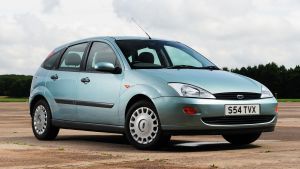
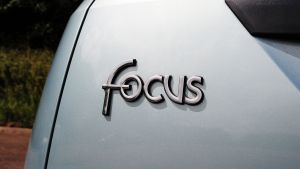
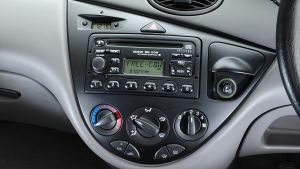
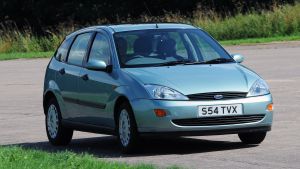
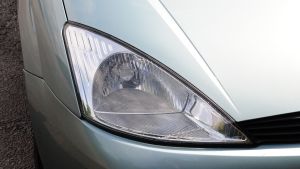
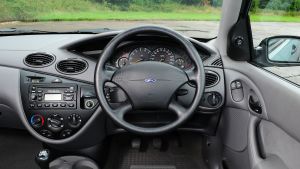
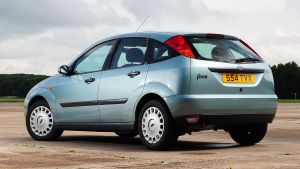
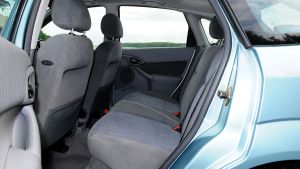
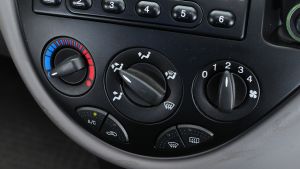
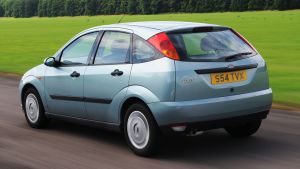
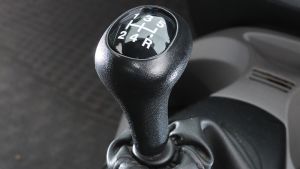
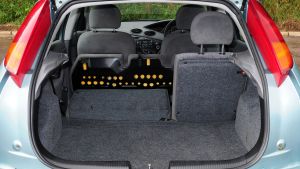
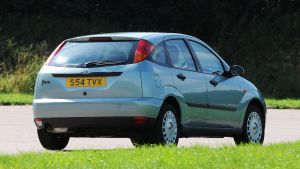
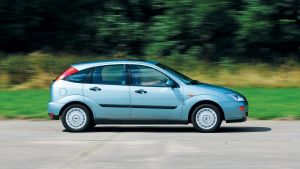
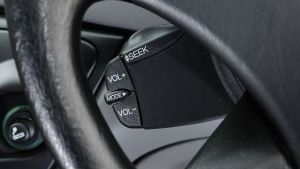
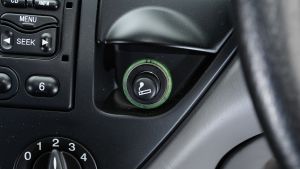
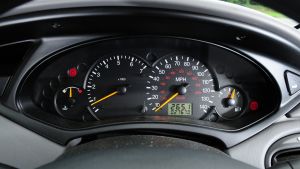
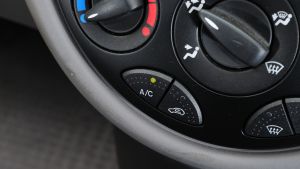
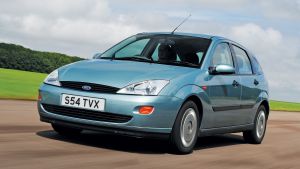
Comments
Post a Comment